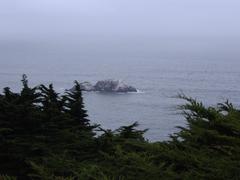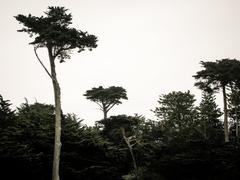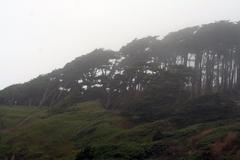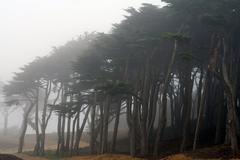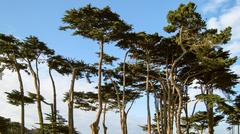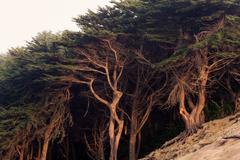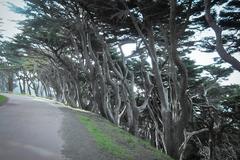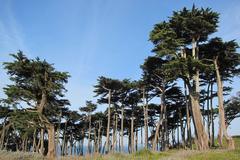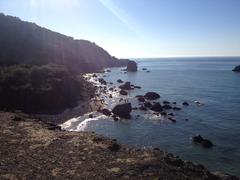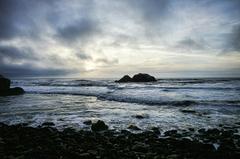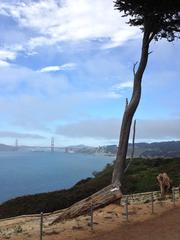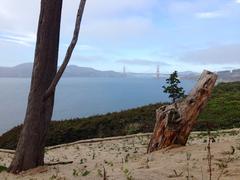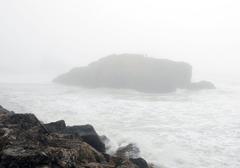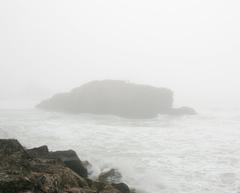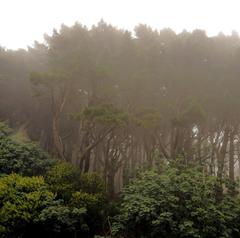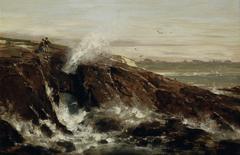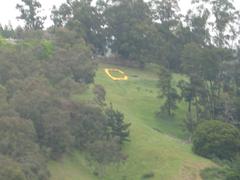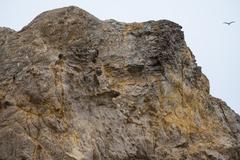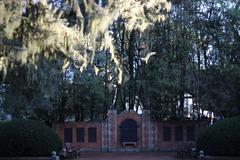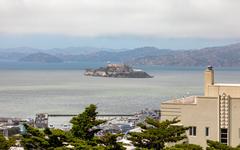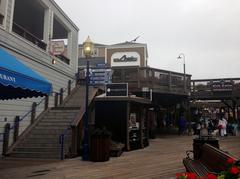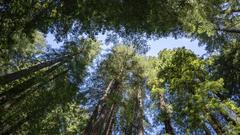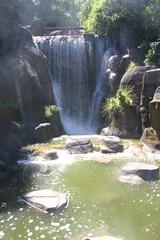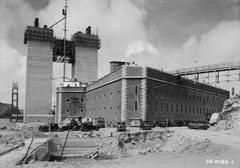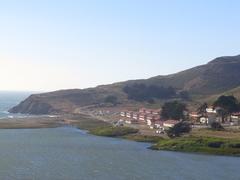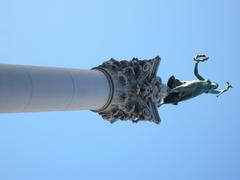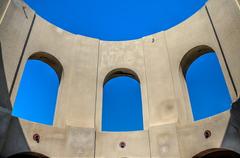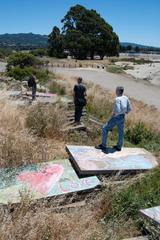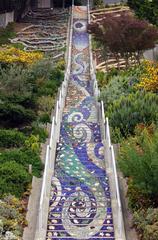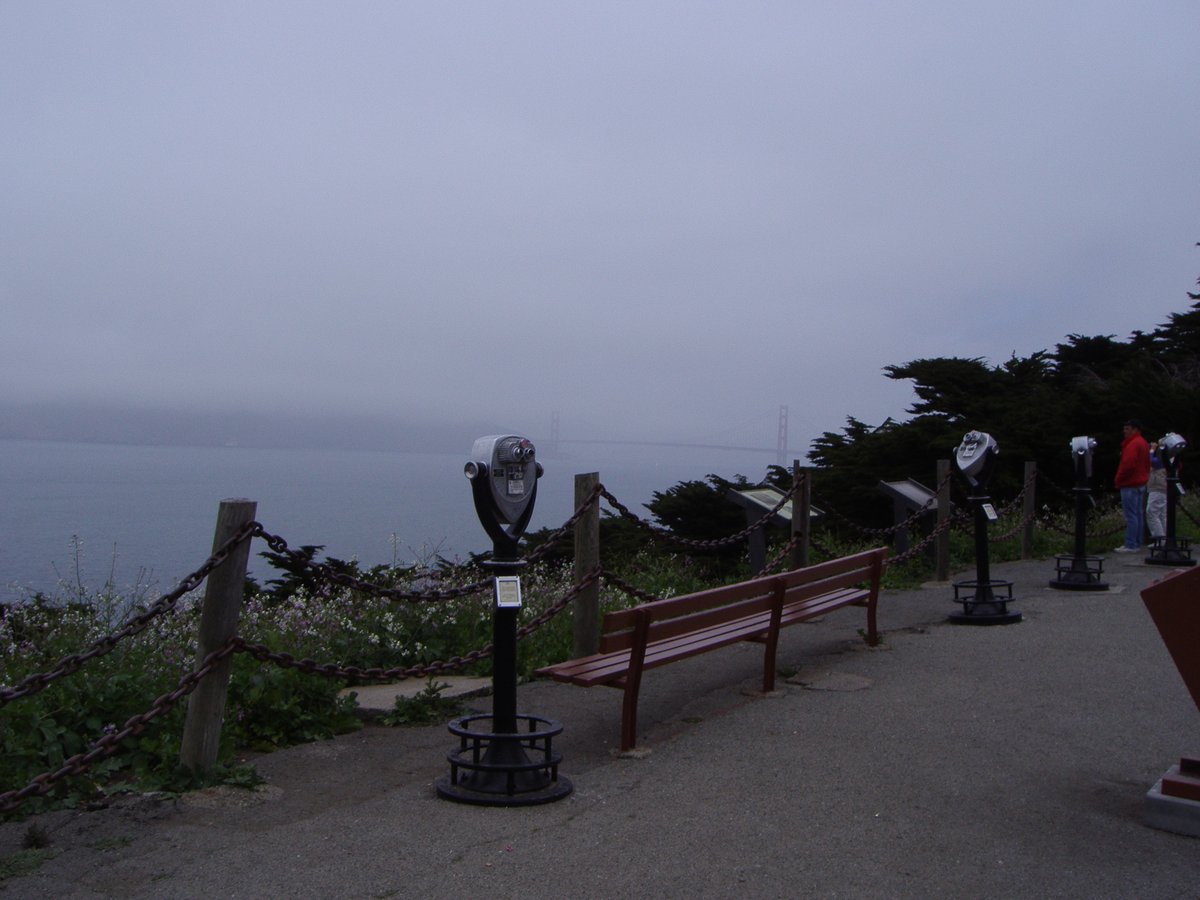
Comprehensive Guide to Visiting Point Lobos, San Francisco, United States
Date: 01/08/2024
Introduction
Nestled along the stunning central coast of California, Point Lobos State Natural Reserve stands as a beacon of natural beauty and historical significance. Often referred to as the ‘Crown Jewel of the California State Park System,’ Point Lobos is renowned for its dramatic cliffs, pristine beaches, diverse marine life, and rich cultural heritage. The reserve’s name, derived from the Spanish term ‘Punta de los Lobos Marinos’ or ‘Point of the Sea Wolves,’ reflects its abundant sea lion population. This comprehensive guide delves into the captivating history of Point Lobos, essential visitor information, and the myriad recreational opportunities that await those who explore this iconic natural sanctuary. From its early inhabitants, the Ohlone people, to its status as a protected state reserve, Point Lobos offers an unparalleled experience for nature enthusiasts and history buffs alike. Whether you’re planning a day hike, a wildlife observation adventure, or a deep dive into the area’s indigenous and colonial history, this guide provides all the necessary information to make your visit to Point Lobos unforgettable. (Bon Traveler, Explore with Alec, Point Lobos, California State Parks).
Table of Contents
- Introduction
- History and Significance
- Visitor Information
- Cultural and Recreational Importance
- Nearby Attractions
- Guided Tours and Special Events
- Photographic Spots
- Unique Natural Features
- Flora and Fauna
- Historical Landmarks
- Visitor Impact and Conservation
- FAQs
- Conclusion
History and Significance
Early Inhabitants and Indigenous History
Point Lobos has a rich history dating back thousands of years, originally inhabited by the Ohlone people. They harvested shellfish, including abalone, from the waters around Point Lobos. Evidence of a long-term village named Ichxenta, located in a meadow near San Jose Creek adjacent to Point Lobos, indicates that the natives inhabited the area for about 2,500 years. The village meadow is currently known as the Polo Field. There are 19 midden sites within Point Lobos and five sites containing mortar holes used by the natives for grinding acorns and seeds.
European Exploration and Early Settlers
The first European explorers to visit the area were likely part of Sebastián Vizcaíno’s expedition in 1602–03. Gaspar de Portolà and his exploring party camped at San Jose Creek in October 1769, and Sergeant Jose Francisco Ortega conducted a study of the coast south of the Carmel River. By around 1770, Spanish vaqueros from the nearby Carmel Mission ran large herds of cattle in the area near Point Lobos.
Development and Preservation Efforts
In the late 19th century, Point Lobos nearly became the site of a town. In 1896, the Carmelo Land and Coal Company subdivided the land into 1,000 lots and named the new town “Carmelito.” Engineer Alexander Allan purchased the land and over many years bought back the lots that had been sold, erasing the subdivision from the county records.
By the early 20th century, Point Lobos had gained significant attention for its natural beauty. In 1925, discussions began about including Point Lobos in the new state park system. Members of the Sierra Club and the Save the Redwoods League discussed preserving Point Lobos and Cypress Point as national parks or reserves. Duncan McDuffie of the Save the Redwoods League hired the internationally known landscape architect Frederick Law Olmsted to research Point Lobos and report on the areas most noteworthy of preservation. Olmsted’s report described Point Lobos as “the most outstanding example on the coast of California of picturesque rock and surf scenery in combination with unique vegetation, including typical Monterey cypress.”
Modern-Day Significance
Today, Point Lobos is considered one of the crown jewels of California’s state park system. It is a state park and a state natural reserve, protected by two marine protected areas: the Point Lobos State Marine Reserve and the Point Lobos State Marine Conservation Area. The area is renowned for its rich marine habitats, making it one of the best locations for scuba diving on the Monterey Peninsula and along the California coast.
Visitor Information
Point Lobos Tickets and Visiting Hours
Point Lobos is open from 8:00 AM to 7:00 PM daily. Entry fees are $10 per vehicle and $9 for seniors. To avoid crowds, consider visiting early in the morning or later in the afternoon.
Travel Tips
- Parking: With only 150 on-site parking spaces, most visitors must park on the shoulder of Highway 1 and walk into the reserve. Arrive early to secure a spot.
- Trails: Stay on marked trails to protect the unique natural beauty and ecological significance of the area.
- Rules: Avoid removing or collecting natural objects, and refrain from disturbing animals.
Cultural and Recreational Importance
Point Lobos offers a variety of recreational opportunities, including hiking, swimming, and wildlife observation. The historic Whalers Cabin, built by Chinese fishermen and later used by Japanese and Portuguese fishermen, is now a museum that provides insight into the area’s cultural history.
Nearby Attractions
Explore nearby attractions such as the Carmel Mission, Garrapata State Park, and the scenic 17-Mile Drive. These sites offer additional historical and recreational experiences.
Guided Tours and Special Events
Point Lobos offers guided tours and special events throughout the year. Check the official Point Lobos website for the latest schedule and information.
Photographic Spots
Capture the stunning landscapes and wildlife at Point Lobos. Popular spots include China Cove, Bird Island, and the Cypress Grove Trail.
Unique Natural Features
Point Lobos is geologically unique and contains a rich and diverse plant and animal life both on shore and in the water. The Carmel submarine canyon lies just north of Point Lobos, providing cold, nutrient-rich water to the surface during upwelling events. These nutrient-rich waters fuel the high primary productivity seen in Carmel and Monterey Bays, which in turn support the high diversity of life observed in the water and on land at Point Lobos.
Flora and Fauna
Point Lobos is one of only two places where the Monterey Cypress is native. The waters around Point Lobos contain extensive kelp forests, which are home to a variety of marine life, including sea otters, harbor seals, and sea lions. The area is also a prime location for whale watching, particularly during the annual migration of gray whales from December to May.
Historical Landmarks
One of the notable historical landmarks within Point Lobos is the Whalers Cabin Museum. This cabin, built by Chinese fishermen in the mid-19th century, was later used by Japanese and Portuguese fishermen. Today, it serves as a museum that provides visitors with a glimpse into the area’s rich cultural history.
Visitor Impact and Conservation
With more than one million annual visitors from around the world, Point Lobos faces challenges related to visitor impact. The reserve is restricted by only 150 on-site parking spaces, and the majority of visitors must park on the shoulder of Highway 1 and walk into the reserve. To protect the area’s unique natural beauty and ecological significance, visitors are expected to stay on marked trails, avoid removing or collecting natural objects, and refrain from disturbing animals.
FAQs
- What are the visiting hours for Point Lobos? 8:00 AM to 7:00 PM daily.
- How much does it cost to enter Point Lobos? Entry fees are $10 per vehicle and $9 for seniors.
- Can I bring my dog to Point Lobos? Pets are not allowed in the reserve to protect wildlife and natural habitats.
- Are guided tours available? Yes, guided tours and special events are available. Check the official website for the latest information.
- Where can I park? There are 150 on-site parking spaces. Most visitors park on the shoulder of Highway 1 and walk into the reserve.
Conclusion
Point Lobos State Natural Reserve is a place of immense historical and cultural significance. From its early inhabitants and European explorers to its modern-day status as a protected natural reserve, Point Lobos offers a unique blend of natural beauty, cultural history, and recreational opportunities. Visitors are encouraged to respect and protect this remarkable area to ensure its preservation for future generations. For more information and updates, visit the official Point Lobos website.
References
- Bon Traveler. (n.d.). Point Lobos State Natural Reserve: A Complete Guide. Retrieved from https://www.bontraveler.com/point-lobos-state-natural-reserve-carmel/
- Explore with Alec. (n.d.). Point Lobos. Retrieved from https://explorewithalec.com/point-lobos/
- Point Lobos. (n.d.). Planning Your Visit. Retrieved from https://www.pointlobos.org/info/plan-you-visit/
- California State Parks. (n.d.). Point Lobos State Natural Reserve. Retrieved from https://www.parks.ca.gov/?page_id=571
- Flying Dawn Marie. (n.d.). Exploring Point Lobos. Retrieved from https://www.flyingdawnmarie.com/new-blog/point-lobos

